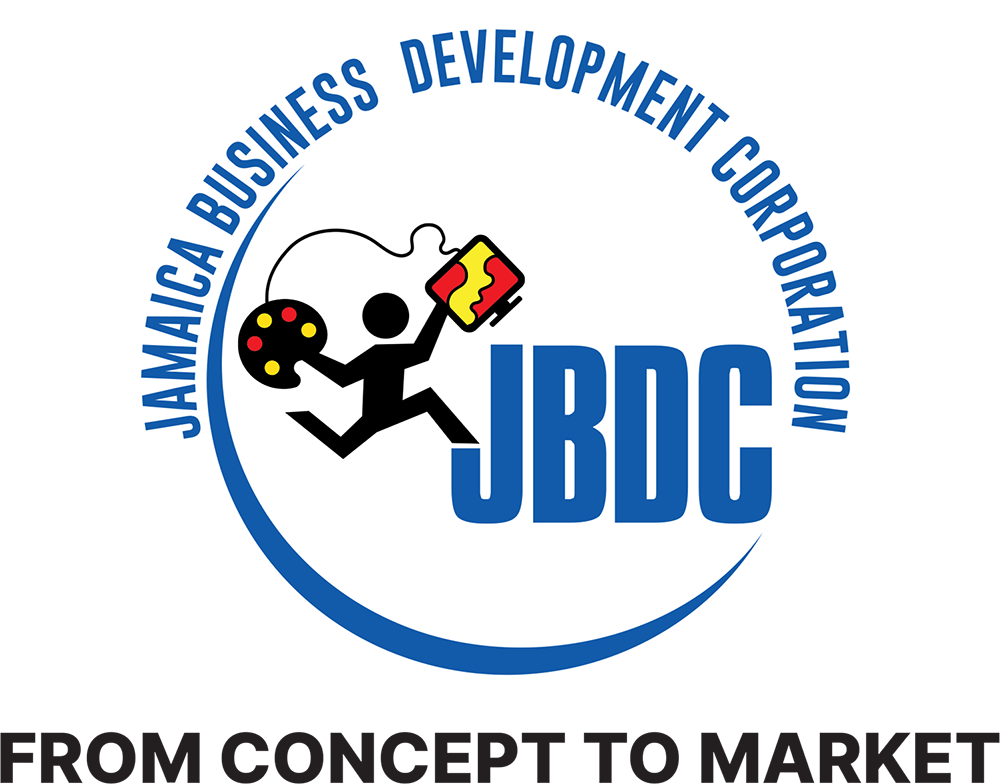You have launched your startup company and you are progressing and feeling confident about the steps you are making, but how can you track your success and what are key milestones you can be looking out for. Today, the Entrepreneur Weekly, helps you get a glimpse of how you track major growth milestones in your startup and what are some of those goalposts and timelines you can be striving for.
The content in this post is targeted at those entrepreneurs who are going for a startup company. According to Entrepreneur, a key distinction in a startup and a small business is “A startup is looking to expand quickly and become a much bigger company, while a small business is more focused on creating and maintaining a constant and stable revenue stream.” So, we will look at a summary and general milestone that mark your growth and transition as a startup company that will also provide insights for investors.
Milestone #1 – Prototyping & Minimum Viable Product
There are varying stages especially when broken down further. In this post, we will give just a general idea of what you need to be looking out for. According to Alcor, “A Startup starts with building a prototype design. To launch a startup, you have to show something to people that your idea can have a physical existence. And these critics should have “something” in their hands to get their feedback.”
Forbes Magazine said, “The first key milestone that every entrepreneur should aim to reach is the completion of their prototype for their new product. By this time, the founder should have identified a need for the product or service and identified a target audience. They should also have conceptualised the idea just enough to be able to create an initial version of their minimum viable product (MVP).” As the name suggests, minimum viable products are an initial, scaled-down version of your product or service. They tend to have the minimum number of features necessary to allow you to get feedback from potential customers.
Milestone #2 – Validation
After some feedback has been received, it is time to get some validation from the markets you are trying to enter into. This is a major milestone for any startup because it is the process of determining whether your product or service is of interest to your target market. Forbes Magazine says this stage should be able to answer for the startup founder the following questions: Is the customer satisfied with this product or service? Will the customer become a repeat customer in the future? Is the target market big enough to scale this product or service?
Milestone #3 – Marketing Strategy
You have now built out the product and have your first paid customer, you need to now expand the reach of your startup through marketing. Commenting on this milestone, Alcor said “Finally, you find a customer who pays you for your product. That means, your product has the capability to solve their problem, it provides value to them, and is willing to pay to use your product. Marketing will bring your startup in front of the customers. It is the lifeblood of every business. “
Forbes Magazine shared, “You need to create a clear marketing strategy. In the next stage of growth, investors will be expecting a significant uptick in revenue. To that end, it is essential that the company at this stage has a clear marketing strategy and a picture for how they intend to generate revenue once they complete the seed round.”

What Investors are Looking For
Entrepreneur published a list of things investors are looking for in startup companies in the article ‘Here’s What’s Brewing in the Minds of Startup Investors’. This is what they shared: “Investors seek key characteristics in a company before investing, including a product or service that stands out, a well-defined possibility for growth, and a sound financial strategy.”
The article went on to point out, “You should have extraordinary market penetration strategies and be able to clearly articulate how you differ from your competitors and why an investor should choose your company over others. A well-defined possibility for growth should include a plan for how to sustain your market position and a description of the major growth factors you will rely on after entering the market.”
JBDC Helping You Along the Journey
Funding is an integral part of the startup framework and the Jamaica Business Development Corporation (JBDC) is equipped to prepare and point you in the direction where assistance is available. Through the Business Advisory Services Unit (BAS), help for funding referral is provided. The BAS has relationships with various financial partners, and clients in need of loans or equity financing can gain access to assistance through this unit. To become a JBDC client, visit https://www.jbdc.net.
Sources
https://www.entrepreneur.com/starting-a-business/what-do-investors-look-for-in-startups/442774









